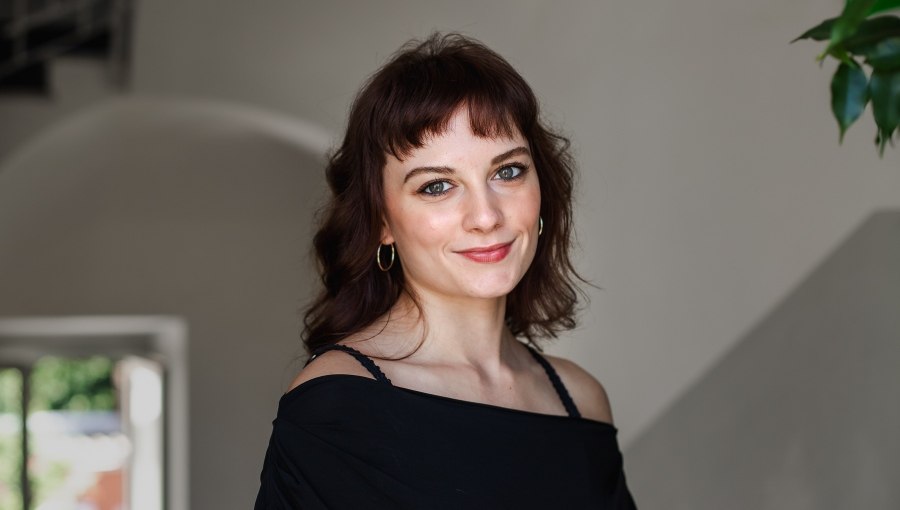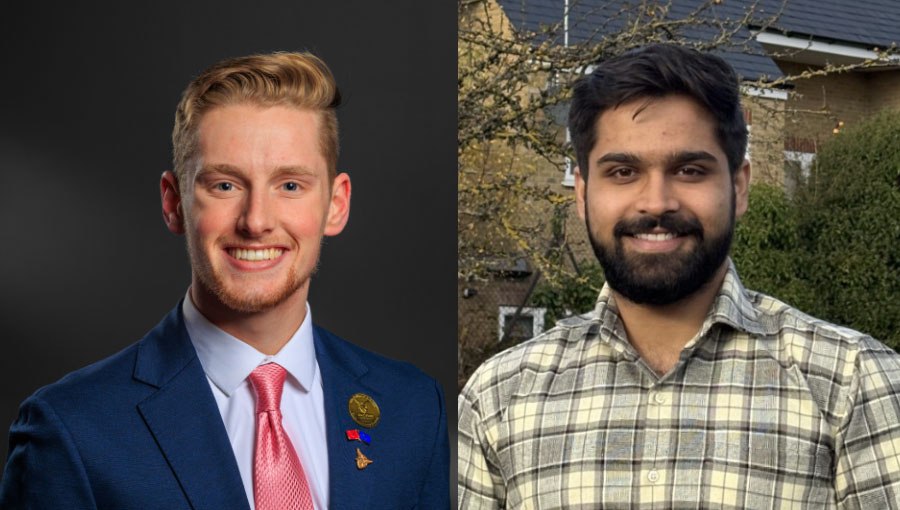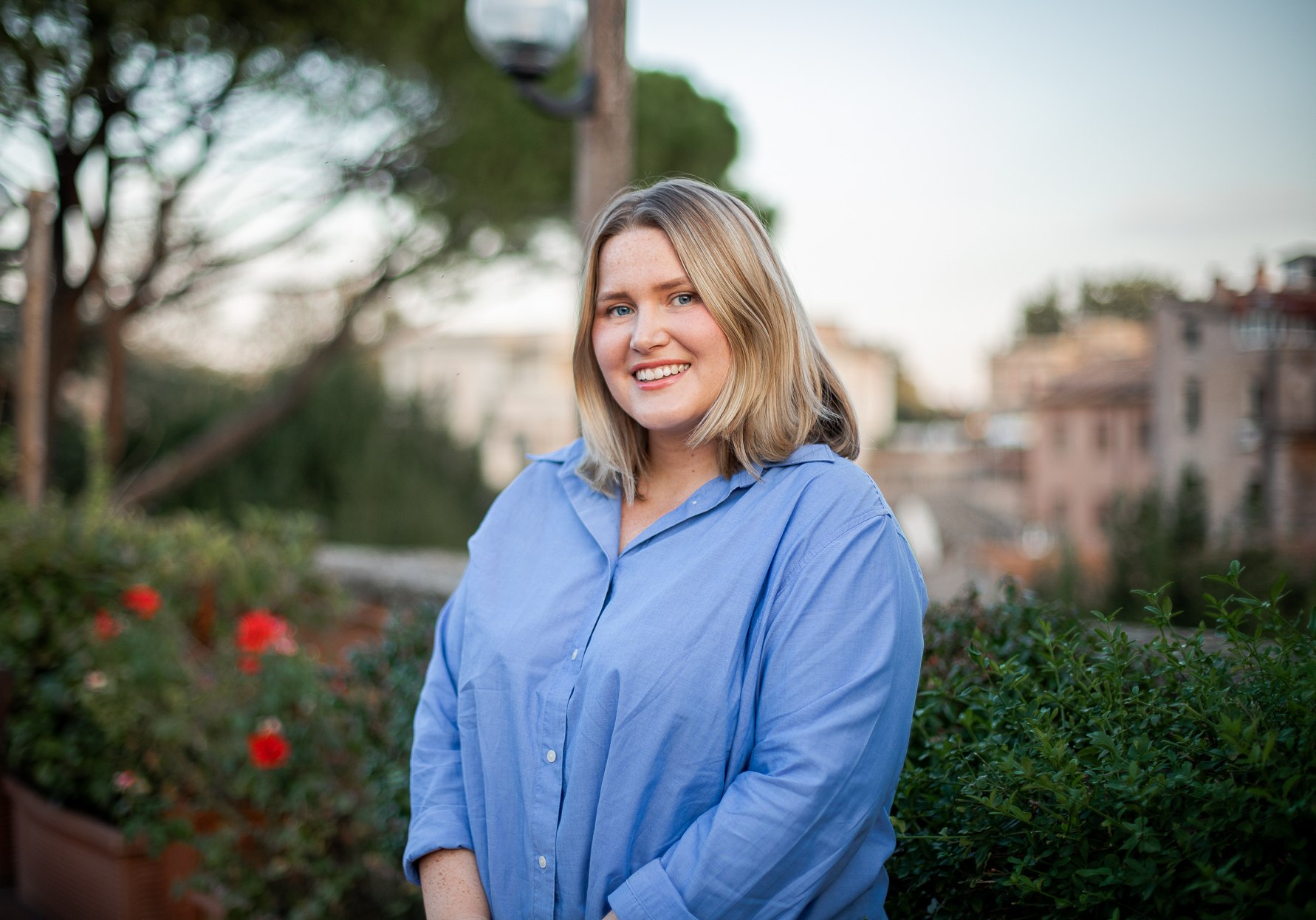JCU Students Explore Roman Traces of Eastern Christianity
On Saturday, March 31st, Professor Federigo Argentieri’s PL 355 – East European Politics class, along with other students, went on exploring the main institutions and relics of Eastern Christianity in Rome. The trip took them first to the Pontifical Oriental Institute (POI), founded in 1917 by Pope Benedict XV, to learn about the origins and progression of the Eastern Orthodox branch of Christianity, which follows the example of the Byzantine variant of Christianity.
Father James McCann – POI Rector and Guarini Institute for Public Affairs Advisor – gave a tour of the Institute’s garden and Byzantine chapel and explained the importance of beauty as a component of Eastern Christianity. He also showed the Institute’s library, containing thousands of the world’s oldest and most original volumes of Eastern literature, mostly donated or purchased by Pope Pius XI, a former librarian. Father McCann’s lecture focused on an explanation of the political role of the Russian Orthodox Church throughout history, from the time of the Tsars to the present day. He used personal anecdotes of his many travels to Russia and former Soviet countries to explain how the idea of Byzantine Orthodoxy coincides with Russian culture. He also spoke about the dynamics of the relationship between the Pope and the Patriarch of the Russian Orthodox Church, both of whom are currently trying to resolve disputes about territory and relics belonging to the church. The lecture was followed by a Q&A session, where students were able to raise more precise issues about the topic and religion in general.
During the second part of the trip, the students were joined by Anna Stancheva, professor of Slavic Studies at the University of Pisa, who gave them a tour of monuments and Orthodox art in three different churches, starting from Santa Maria Maggiore, boasting well preserved Byzantine-style mosaics. The students became better acquainted with the history of Cyril and Methodius, patrons of Europe and creators of the Cyrillic Alphabet, and were told about the fascinating legend of why the church was built.
The students then visited the basilica of Saint Praxedes, with its 9th century Byzantine-style mosaics. It is believed that Cyril and Methodius were hosted in the small monastery adjacent to the church during their stay in Rome. The trip ended with a visit to the Basilica of San Clemente al Laterano, Saint Cyril’s burial place. Its murals, dating to the 9th and 11th centuries, depict Cyril and Methodius placing the relics of San Clemente in the basilica.
The trip was an informative supplement to the class, which gave the students a more concrete and visual understanding of this very important aspect of Eastern European culture.






